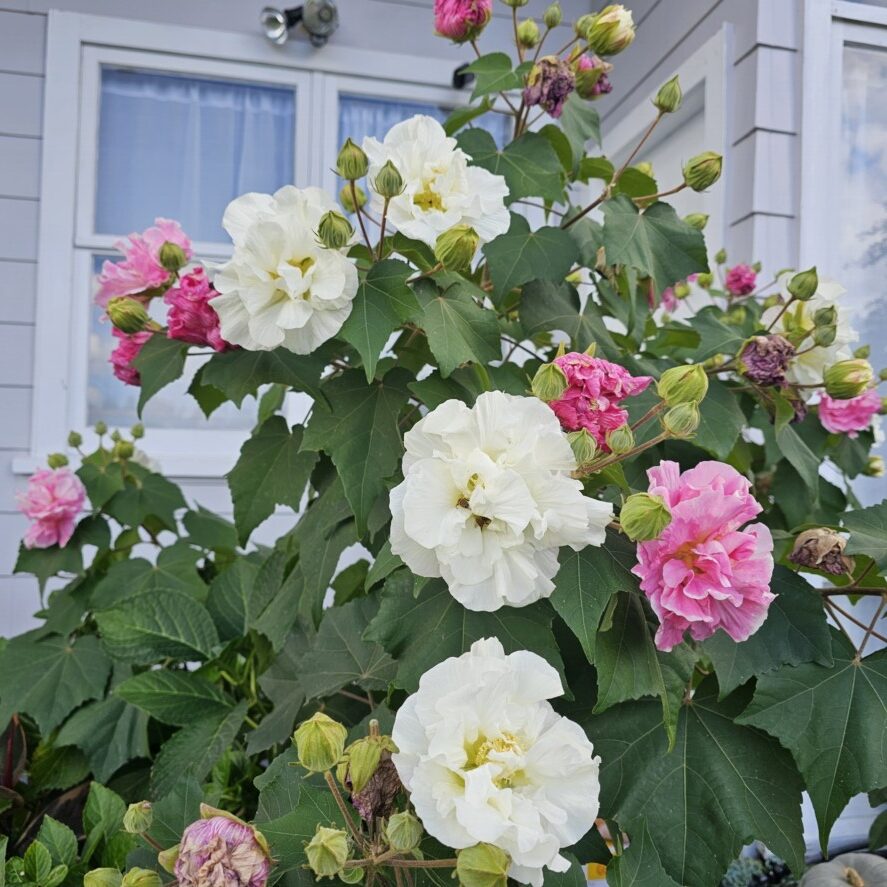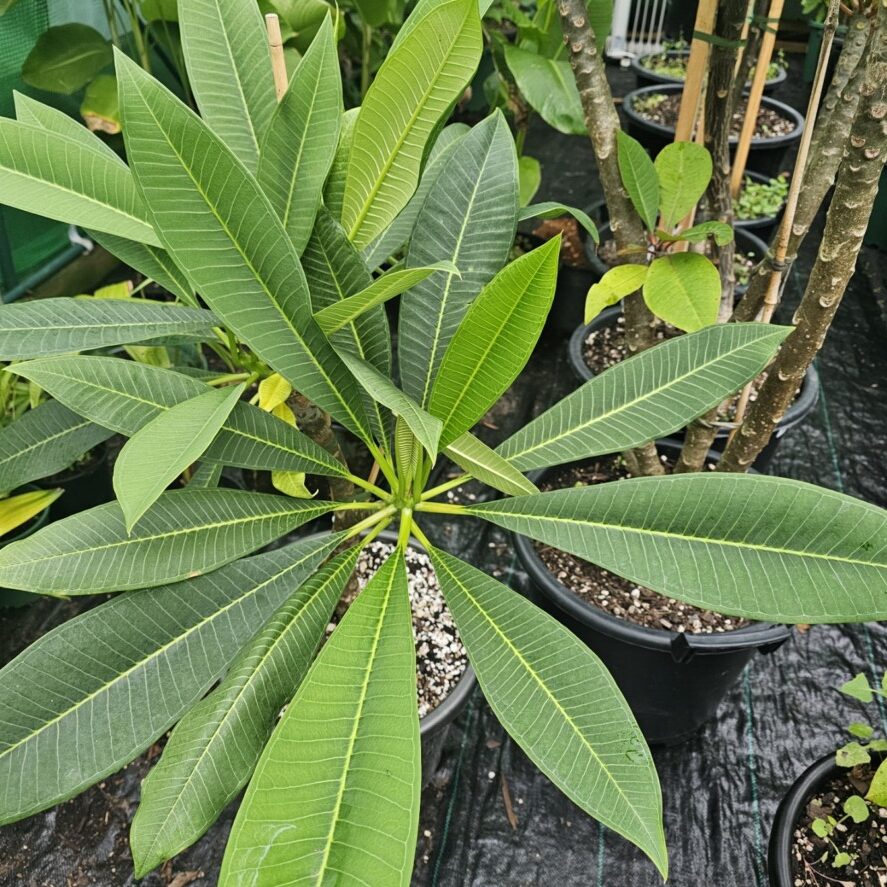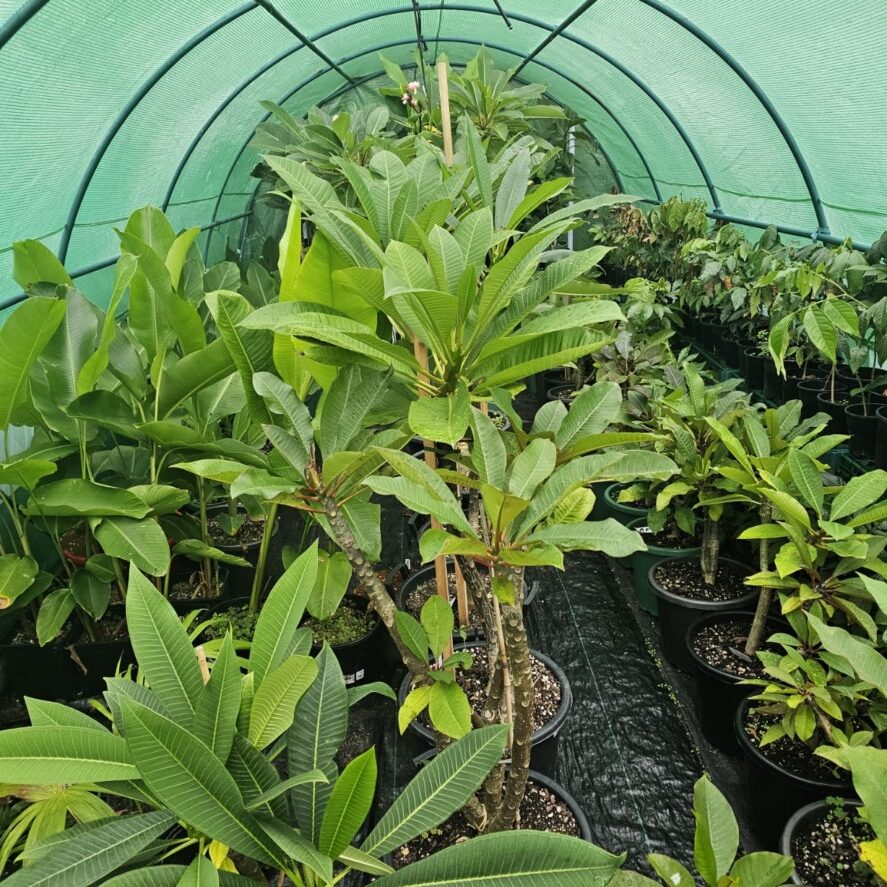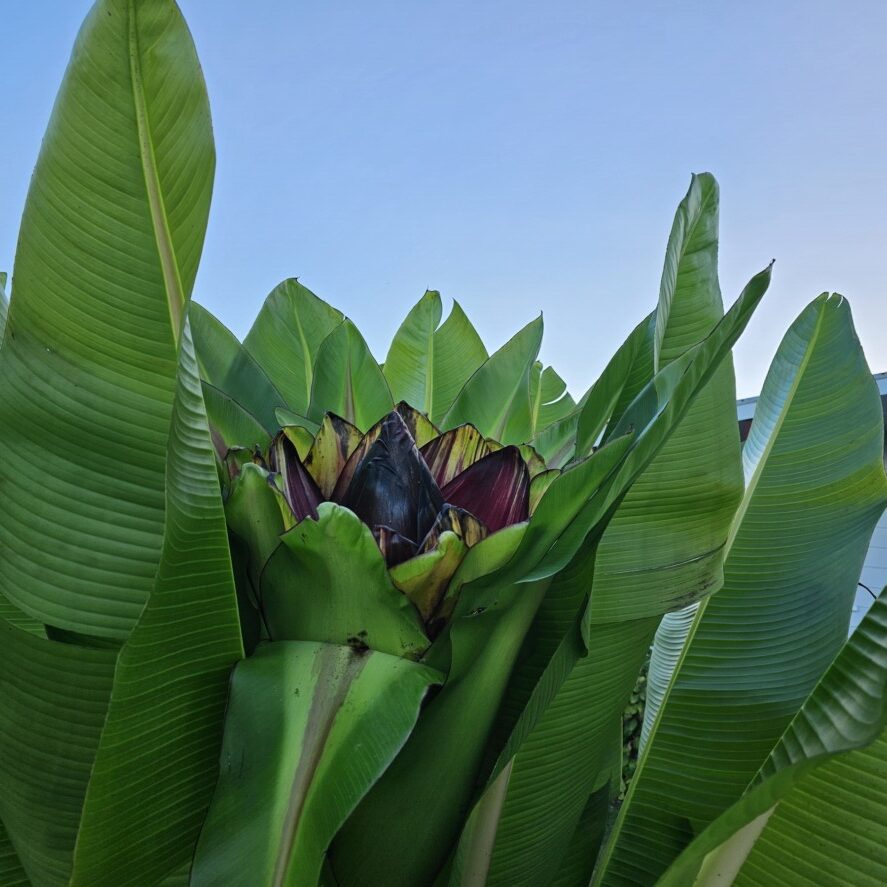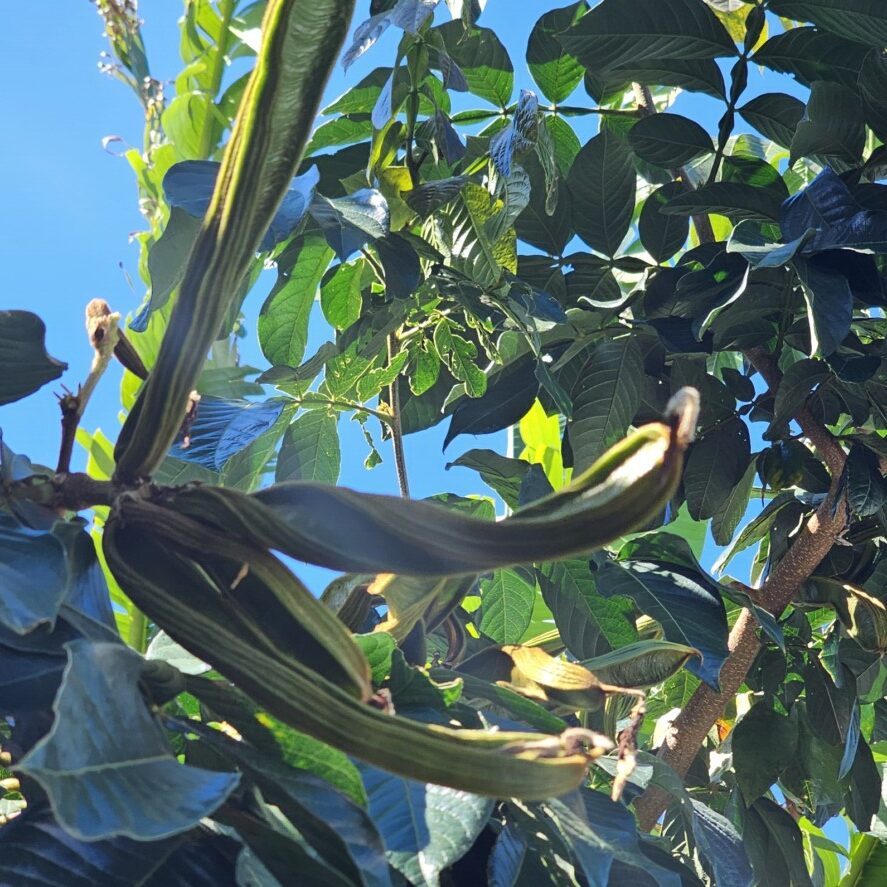-
Initiatives and Collaboration
- Events and Community Engagement
- Crop Swap Te Puke
- Food Resilience School NZ
- Food Forests of New Zealand (www.foodforests.nz)
- Nursery Map - Plant Suppliers of NZ Directory (www.nurserymap.nz)
- Te Puke Community Garden
- Te Puke Digital
- Te Puke Region Food Co-op
- TROPPO’s Food Forest in Te Puke, BOP (wwwfoodforest.org.nz)
- TROPPO's Nursery Directory
- Troppo’s Plant Collection
- Vector Group Charitable Trust (Umbrella)
Using Mulch to Regulate Soil Temperature in Te Puke’s Variable Climate
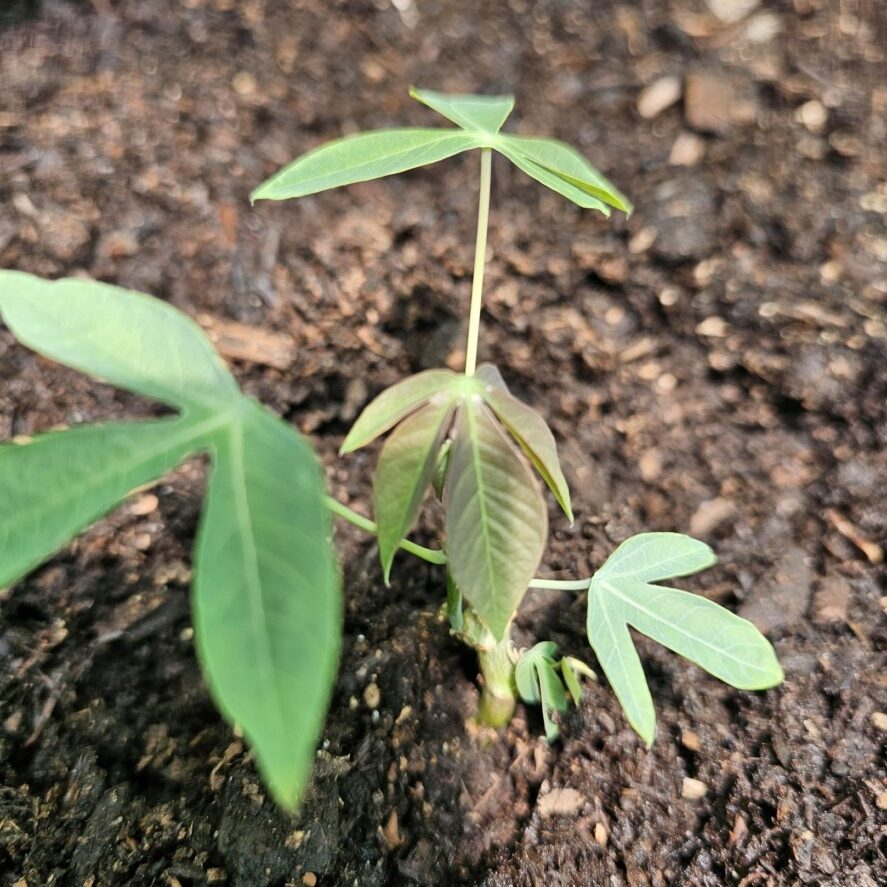
Welcome to the Troppo blog! Here in beautiful Te Puke, we know all about the ups and downs of our weather. From scorching summer days to chilly winter nights, our soil can experience quite a temperature rollercoaster. But there’s a simple yet incredibly effective tool that can help your garden thrive despite these changes: mulch.
Think of mulch as a cozy blanket and a refreshing sunhat all in one for your soil. It’s a layer of material spread on the soil surface around your plants, and it offers a surprising number of benefits, especially when it comes to keeping your soil temperature just right.
Why Soil Temperature Matters in Te Puke
Our subtropical climate in the Bay of Plenty means we get the best of both worlds – warm temperatures perfect for growing many delicious fruits and vegetables, but also periods of intense heat and surprising cold snaps. These temperature swings can significantly impact your plants:
- Too Hot: Just like us on a sweltering day, plant roots can get stressed when the soil gets too hot. This can lead to wilting, stunted growth, and even plant death. High soil temperatures also cause valuable moisture to evaporate quickly, leaving your plants thirsty.
- Too Cold: While Te Puke doesn’t often experience extreme freezing, cold soil can still slow down root activity. This means plants struggle to absorb water and nutrients, hindering their growth and making them more vulnerable to diseases. Fluctuating temperatures can also shock young seedlings.
How Mulch Acts as a Temperature Regulator
This is where the magic of mulch comes in. Here’s how it helps keep your soil at a more consistent and favorable temperature:
- Insulation Against Heat: In the summer, a layer of mulch acts as a barrier between the hot sun and the soil surface. It shades the soil, preventing it from heating up as quickly and drastically. This keeps the root zone cooler, reducing stress on your plants and conserving precious soil moisture. Imagine walking barefoot on hot concrete versus walking on a shaded patch of bark – mulch has a similar effect on your soil!
- Insulation Against Cold: During cooler periods, mulch acts like a blanket, trapping some of the warmth in the soil and insulating it from the cold air. This helps to prevent the soil temperature from dropping too low, protecting delicate roots and allowing for continued growth, even during the shoulder seasons.
- Moderating Fluctuations: Perhaps most importantly, mulch helps to buffer the soil against rapid temperature changes. It creates a more stable environment, preventing those sudden highs and lows that can stress your plants. This consistent temperature allows beneficial soil microbes to thrive, further improving soil health.
Choosing the Right Mulch for Te Puke
There are many different types of mulch to choose from, each with its own benefits. Here are a few popular options for Te Puke gardens:
- Organic Mulches: These break down over time, enriching the soil as they decompose. Examples include:
- Wood chips and bark: Great for pathways and around established shrubs and trees. They decompose slowly and provide good insulation.
- Straw and hay: Ideal for vegetable gardens and around fruit trees. They are lightweight and help retain moisture. Choose straw over hay to avoid introducing weed seeds.
- Compost: A fantastic all-rounder that adds nutrients to the soil while mulching. Apply a layer of well-rotted compost around your plants.
- Pea straw: A readily available and popular choice in New Zealand, it breaks down relatively quickly and adds nitrogen to the soil.
- Grass clippings (dried): Use in thin layers and ensure they are completely dry to avoid matting and preventing air circulation.
- Inorganic Mulches: These don’t decompose and last longer. Examples include:
- Plastic sheeting: Effective for weed control and moisture retention, but can sometimes heat up the soil underneath if not used carefully. Consider permeable options.
- Stones and gravel: Can be used around drought-tolerant plants and in rock gardens. They help retain some moisture and can moderate temperature slightly.
Tips for Applying Mulch Effectively
- Prepare the soil: Weed your garden thoroughly before applying mulch.
- Water first: Ensure the soil is moist before mulching.
- Apply a generous layer: Aim for a layer that is 5-10 cm (2-4 inches) thick.
- Keep mulch away from stems and trunks: Leave a gap of a few centimeters around plant stems to prevent rot and pest problems.
- Replenish as needed: Organic mulches will break down over time, so top them up annually or as required.
Embrace the Power of Mulch!
In Te Puke’s dynamic climate, using mulch is a simple yet powerful way to give your garden a helping hand. By regulating soil temperature, you’ll create a more stable and favorable environment for your plants to thrive, leading to healthier growth, better yields, and a more beautiful garden. So grab your chosen mulch and start reaping the rewards today!
#MulchMagic #TePukeGardening #SoilHealth #TemperatureRegulation #BayOfPlenty #GrowYourOwn #GardenTips #SustainableGardening #TroppoNZ







